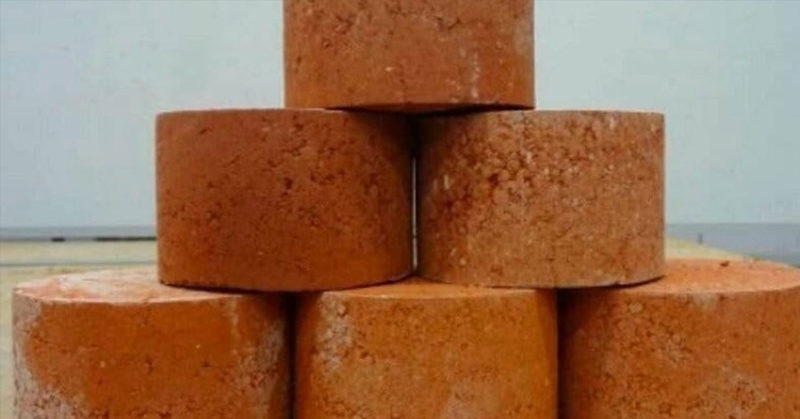This article was originally published on August 7, 2020, and has since been updated.
There’s no question about it: the world has a waste problem. In particular, a bio-solid waste problem. We also don’t have enough soil needed to make conventional bricks for building homes and commercial spaces. Recently, scientists have come up with a creative solution that solves both problems: human waste bricks. This is what you need to know.
Human Waste Bricks to Tackle Both Problems
Researchers from the RMIT University in Australia have published an experiment they completed that turns biosolids into human waste bricks. Now before you get super freaked out, the bricks aren’t actually made of 100% human fecal matter. They are composed of (1):
- 75% clay
- 25% feces
According to the study, about 30% of biosolids, or human waste, is stockpiled and sits completely unused. These bricks can effectively use that portion of the waste so that it no longer has to be released into landfills. (1)
Tests done on these human waste bricks found that they were highly durable and able to stand up to even the most rigorous global building settlement. (1) Other reasons why these bricks are beneficial are (1):
- Their production uses less energy than conventional building materials
- They provide better insulation
- They cut down on the amount of clay and sand needed for building
According to RMIT Civil Engineer and professor Abbas Mohajerani, who was also one of the study’s leading researchers, these bricks could help to reduce the overabundance of biosolid waste and the unsustainable soil evacuation required for traditional building materials. (1)
Read: Modular Home Design Powered Only by Sunshine & Rainwater
Why Biosolids are Bad
Since the invention of indoor plumbing, most of us don’t think much about where our waste goes after we send it on its way. Of course, it has to go somewhere, and that place needs to be where it won’t cause harm to human, plant, or animal life.
Biosolids are when sewage sludge is properly treated and refined into organic material packed with nutrients. They are produced by wastewater treatment facilities. They can be recycled and used as fertilizer to improve soil quality and encourage plant growth. The role of a treatment plant is to separate out these “healthy” biosolids from those that are potentially dangerous if released into waterways. (1)
Unfortunately, in 2019 the waste management industry was found to be repackaging unsafe sludge as fertilizer, selling it to farmers and corporations as part of a money-making scheme. These mixtures of biosolids and toxic chemicals were then unknowingly being spread onto crops. From there they made their way into our food systems and waterways. (2)
Livestock and humans were getting sick from consuming these products through their food and drinking water. (2)
The bricks will hopefully provide a better way for waste management to make money off of the unused biosolids that don’t involve pumping them into our environment.
Other Brick Options
Human waste bricks aren’t the only alternative out there to conventional building materials. Hemp, or Hempcrete, has also been experimented with. These bricks are made from hemp hurds, water, and lime. (1) There are many benefits to hempcrete, including (1):
- Passive self-regulation of temperature and humidity
- Great insulator
- High vapor permeability
- Non-toxic
- High mold resistance
- Does not require off-gassing and solvents
It is clear that this is just another facet of our society that, if we think a little bit outside-of-the-box, we can solve several environmental and public health problems. Would you be okay using human waste bricks to build your home?
Keep Reading: MIT Tests ‘Dream Incubation’ Device That Manipulates The Content of People’s Dreams
Sources
- “Scientists Found A Way to Make Bricks Out of Poop That Reduce Biosolid Material by 30%” ScienceTimes. May 04, 2020.
- “Biosolids: mix human waste with toxic chemicals, then spread on crops” The Guardian. October 2019.

